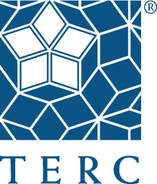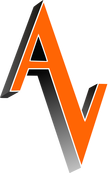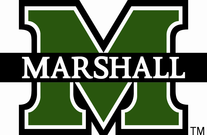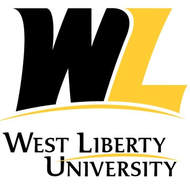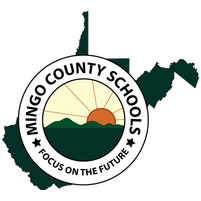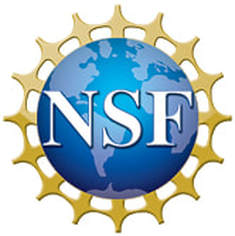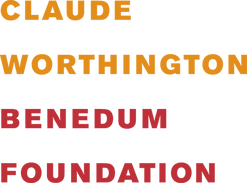ABOUT Arts & BOts |
Coming Soon!
Program Goals
Our hypothesis is that creative technologies like Arts & Bots can simultaneously catalyze two critical ingredients for authentic learning in the classroom: empowerment and inclusiveness.
Specifically we aim to:
- Empowerment - We believe technology tools that attract multiple talents will help students self-identify as individuals with the creative problem-solving capabilities needed to become future creators and innovators in STEM disciplines.
- Inclusiveness - We believe creative technology programs in core required classes will eliminate student self-selection out of technology and engineering activities, and this in turn casts a wider net for identifying and empowering all students with latent potential.
Specifically we aim to:
- Improve teacher comfort with technology and increase teachers’ abilities to foster student technology and engineering skills, especially among teachers whose expertise is not technology or engineering.
- Change student attitudes towards technology and engineering, including attitudes about personal technical and engineering ability and perceptions of engineering careers.
- Improve student technology and engineering skills related to emerging engineering standards.
- Increase identification of student technology and engineering talent.
- Increase enrollment in existing STEM courses at partner school districts.
THE Theory Behind Arts & Bots
Our theory of action for Arts & Bots's efficacy in the classroom begins with increasing student exposure to challenging and engaging technology and engineering activities by implementing robotics within core required courses, thus eliminating the self-selection bias often seen in elective technology and engineering course enrollment. In order to maximize the impact of this exposure, Arts & Bots is designed to appeal to students who have varying types of talents, strengths, interests, and learning styles. Projects draw on skills in art, creativity, computational thinking, engineering design, teamwork, and complex problem solving in order to build technological fluency in students. Furthermore, the creative technology tools we propose to integrate in discipline-contextualized lessons all benefit from the ability to seamlessly adjust to a broad set of possible student engagement paces. In order to ensure that students engaged with the technology “learn at a pace, depth, and breadth commensurate with their talents and interests and in a fashion that elicits engagement, intellectual curiosity, and creative problem solving” we provide teachers with direct pathways for identifying talent and offering challenges within the classroom.
Math & Science Partnership Collaborators
The partnership at the heart of the Arts & Bots Math and Science Partnership combined creative technology and learning science expertise at the Carnegie Mellon University's CREATE Lab with curriculum development, professional development deployment expertise, and training capacity at West Liberty University and Marshall University in West Virginia to support the activities of two model school district partners. These partner districts, Mingo County Schools and Allegheny Valley School District, collaborated on Arts & Bots research through classroom implementation of the program and provided crucial feedback. The collaboration was evaluated by an external evaluation organization, TERC, which provided process, formative, and summative assessment of the project.
Primary Funding
Additional Support
This material is based upon work supported by the NSF Graduate Research Fellowship under Grant No. (0946825), and in part by a Graduate Training Grant awarded to Carnegie Mellon University by the Department of Education (#R305B090023). Robot Diaries, the predecessor to Arts & Bots, was supported by the Claude Worthington Benedum Foundation and The Heinz Foundations.
FUNDING DISCLAIMER
Any opinions, findings, and conclusions or recommendations expressed in this material are those of the author(s) and do not necessarily reflect the views of the National Science Foundation or other funding organizations.
|
This material is based upon work supported by the NSF Broadening Participation in Computing program under Grant No. (0940412), and the NSF Math and Science Partnership program under Grant No. (1321227). Any opinions, findings, and conclusions or recommendations expressed in this material are those of the author(s) and do not necessarily reflect the views of the National Science Foundation or other funding organizations.
|


